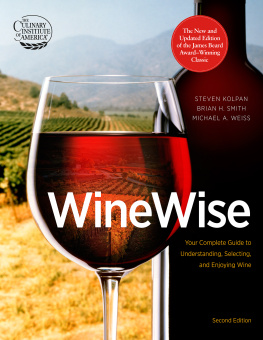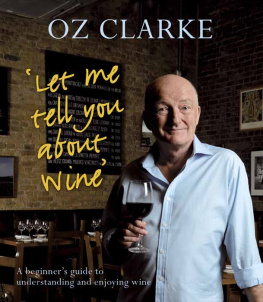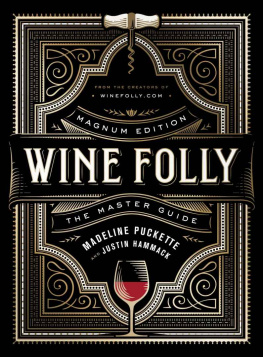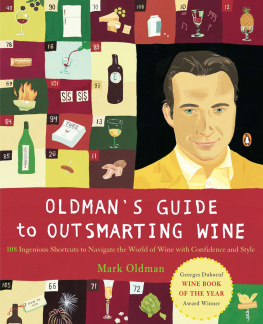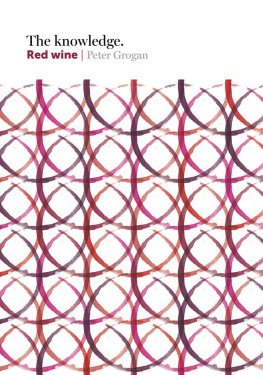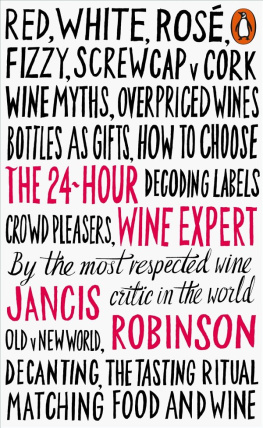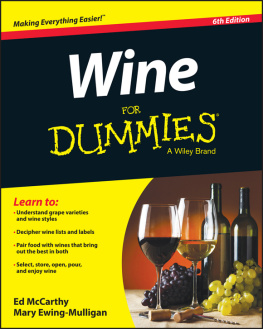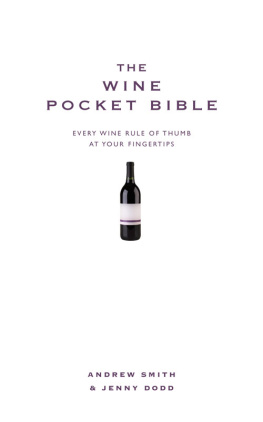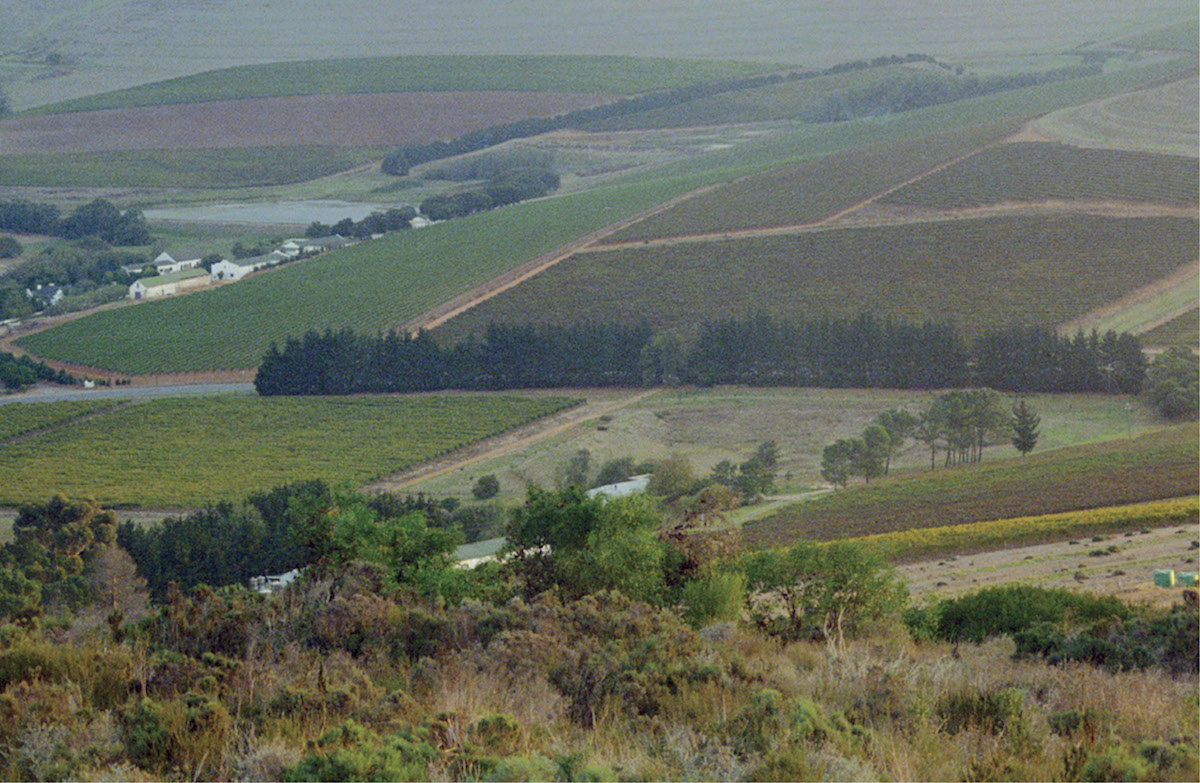Copyright 2014 by The Culinary Institute of America, Steven Kolpan, Brian H. Smith, and Michael A. Weiss. All rights reserved.
For information about permission to reproduce selections from this book, write to Permissions, Houghton Mifflin Harcourt Publishing Company, 215 Park Avenue South, New York, New York 10003.
Kolpan, Steven.
Winewise : your complete guide to understanding, selecting, and enjoying wine / Steven Kolpan, Brian H. Smith, and Michael A. Weiss, The Culinary Institute of America. Revised edition.
1. Wine and wine makingPopular works. I. Smith, Brian H. II. Weiss, Michael A. III. Title. IV. Title: Wine wise.
steven kolpan
For my loving family, my dearest friends, my students, my community.
brian h. smith
For my wife, Polly, who helps me believe.
michael a. weiss
For my teacher Thinley Norbu Rinpoche, our sangha, my wife, Jenny, brother, Richard, and friends. For anyone who has experienced generosity through wine, may you be equally generous to others.
Contents

1. Palate Pleasure: Enjoying Wine
Contents
T oday in the United States wine has surpassed beer and spirits as the alcoholic beverage of choice for Americans who drink. Not only that, but as of late 2011, the United States is the number-one consumer of wine in the world. Obviously, more people are enjoying wine than ever before in their homes, at parties and other social events, or when dining out. We have found that many wine drinkers want more information, both about the wines they enjoy drinking and about wines they havent tried yet. Weve written this book with exactly these folksyou, our readersin mind. In contemporary society, information can be power, so a heightened awareness about wines will make you a smarter wine consumer, a more wine-knowledgeable host or guest, and a wine-savvy restaurant customer. And with this new information comes the fun of wine, because you dont have to indulge in an intellectual exercise every time you open a bottle. You will be WineWise!
In this chapter we concentrate on basic information that will help you to understand why wine comes in so many different styles and flavors, the different ways that people enjoy wine, why some wines cost more than others, and what the label on the bottle can tell you about the wine. Instead of a separate chapter on winemaking, we decided to weave winemaking comments into this and other chapters, concentrating on the effect of winemaking decisions on the style of the wine without spending too much time on technical details. Subsequent chapters will introduce you to some of our favorite wines from the prominent wine-producing areas of the world, help you to get a handle on pairing wine with a wide variety of foods, and give you some insider tips on what you need to know to enjoy wine at home or in a restaurant. The final section of WineWise includes a buying guide for specific wines at various price points. Equipped with all this information, you will be ready to enjoy all that the glorious world of wine has to offer.
A question of style
Weve already suggested that there are three key opportunities to enjoy wine: at home, in a social setting (such as a party), or in a restaurant. We could also add that there are three other fun/functional uses for wine:
- as an aperitifa drink before dinner
- as a drink in a social group or intimate setting, as formal or informal as you like, outdoors or indoors
- as an accompaniment to a meal
With just these considerations, you can easily see that the style of any chosen wine will vary according to its purpose. For example, we appreciate a drink before dinner if it is light and simple and relatively low in alcohol, something that excites the appetite, as opposed to something that is full, heavy, and immediately satisfying; save that wine for dinner.
So wine is made in many different styles to meet our various needs. To begin with, there are three basic styles of wine:
- stillwithout bubbles
- sparklingwith bubbles
- fortifiedwith added alcohol
Winemaking
Fermentation
Strangely enough, both the bubbles and the alcohol in wine come from the same placefermentation. The process of fermentation depends on the presence of yeasts. Some winemakers use yeasts that are naturally present on the skin of the grapes, while others add a specific type of purchased yeast that has been isolated in a laboratory. As soon as the yeasts meet the sugar in grape juice, they start converting that sugar into alcohol and carbon dioxide. If the carbon dioxide is allowed to drift off into the atmosphere, the wine will be stillwithout bubbles. If the carbon dioxide is retained, the wine will be sparkling (see for how this is done).
The level of alcohol in a wine depends on how much sugar was originally present in the grape juice and on how much of the sugar is converted. If all of the sugar is converted, the wine will contain approximately 12% to 15% alcohol (in other words, 12% to 15% of the liquid contents of the bottle is alcohol). The wine will also be described as dry, meaning not sweet, without residual sugar. But not all wine regions are the same. Some have cool climates, others are warmer. In general, a cool-climate vineyard site will produce grapes with lower sugar levels, creating wines that will have lower alcohol (anywhere from about 8% to 12%). These wines will also have higher acidity, a distinctly crisp, clean feel, with a refreshing, pleasantly sour taste in the mouth (think lemon or grapefruit). In contrast, warmer places produce grapes with higher sugars and lower acidity, leaving the possibility of higher alcohol and a softer, smoother sensation in the mouth (think a blackberry-flavored milkshake).
If the winemaker chooses to stop the yeasts from completing their work, there will be residual sugar left in the wine, creating anything from a lightly sweet taste to a very sweet one. Within our three basic styles (still, sparkling, and fortified), then, there are three subcategories of dryness/sweetness:
- dryno or very little sweetness
- lightly sweetsometimes called off-dry
- very sweet, dessert-like
Color
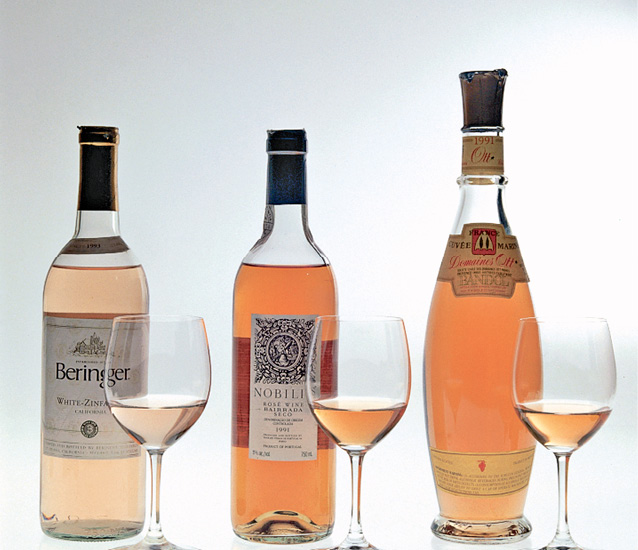
Different skin-contact time will result in lighter or darker degrees of pigmentation, as shown by these ros wines.

